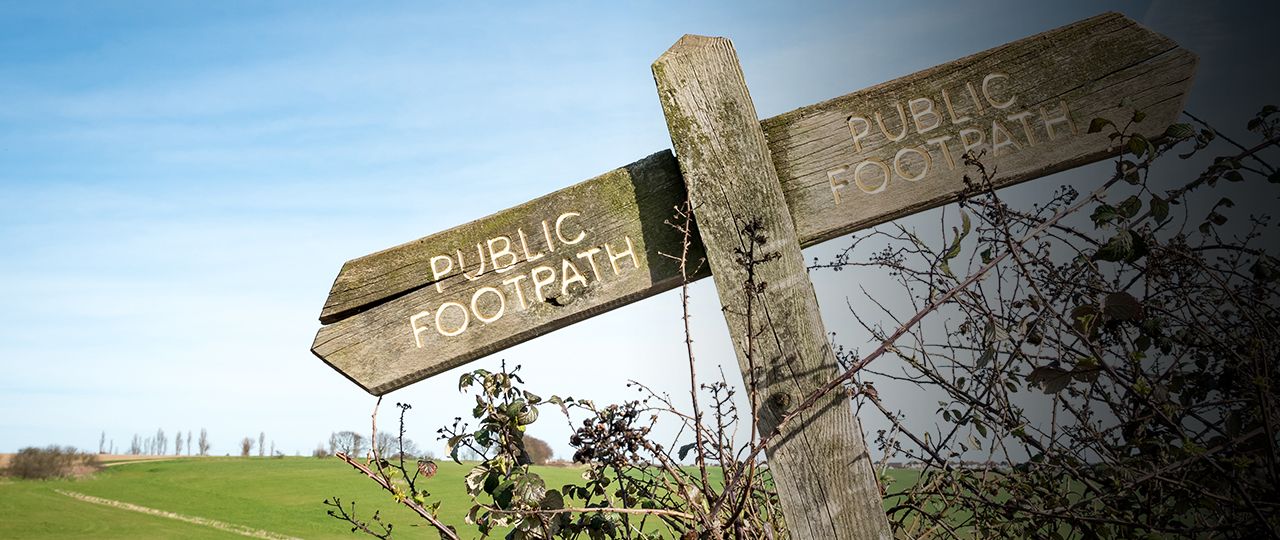
Landowners should use footpath regulation changes to their benefit as part of sound land management practices.
Under the Highways Act 1980, a route over land is deemed to be a highway where there is evidence that it has been enjoyed by the public as a right, and without interruption, for a full period of 20 years, unless there is sufficient evidence that there was no intention during that period to dedicate it as a right of way.
Most landowners are aware they can protect themselves from the creation of new rights of way over their land by depositing a statement and declaration with the Local Authority under Section 31 (6) of the Act.
However, a common misconception is that this is a one-time event when, in fact, there is a need to resubmit the statement and declaration every 20 years (or after 10 years if the application was made before 1 October 2013) for them to remain in force and operation.
Many landowners may also be unaware that the charges for making a declaration should now be lower than they were in the past – potentially saving them hundreds of pounds.
Legislative changes, introduced in 2016, mean Local Authorities no longer need to post notices at obvious entry points to the land notifying the public of a deposit under Section 31 (6) by the landowner.
This requirement was off-putting for some people as it meant landowners had to pay considerable ‘cost per notice’ fees.
The erection of notices also forced landowners to show their intentions, which increased the risk of a claim being made for a right of way.
Submitting a statement and declaration enables landowners to protect themselves against claims for public rights of way made solely on use.
If no public rights of way exist it is still worthwhile submitting an application to protect against any rights of way being made in the future.
For more information or advice contact Jack Tavernor.
